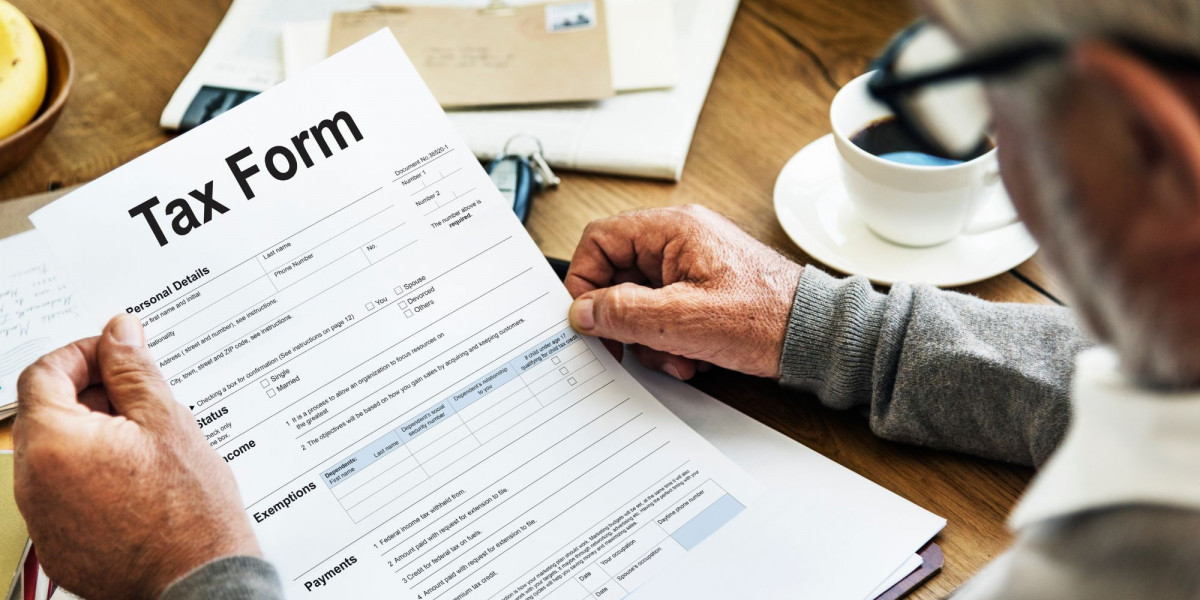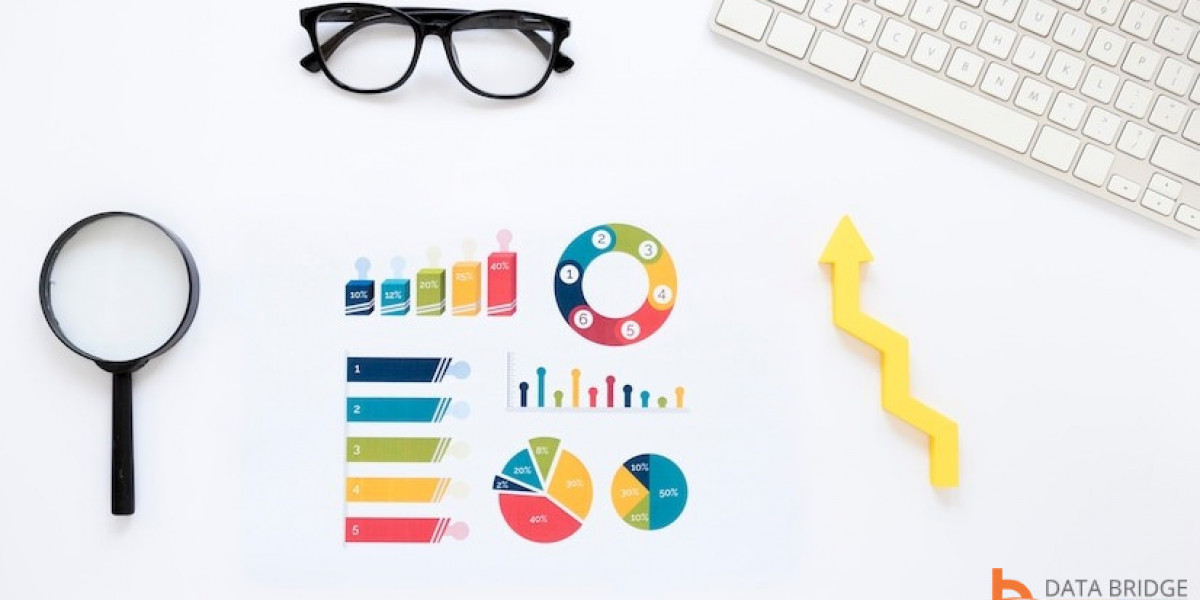Everything You Need to Know About a Tax Reference Number in the UK
When it comes to managing your taxes in the UK, one term you are likely to come across is “<a href="https://coxhinkins.co.uk/blog/what-is-tax-reference-number/">Tax Reference Number</a>.” Whether you’re an individual taxpayer, self-employed, or a business owner, understanding your Tax Reference Number is crucial. It helps HMRC (Her Majesty's Revenue and Customs) identify your records and ensure that your tax affairs are in order. In this article, we’ll break down exactly what a Tax Reference Number is, why it’s important, where to find it, and what to do if you lose it.
What is a Tax Reference Number?
A Tax Reference Number, often referred to as an Employer PAYE Reference or simply Tax Reference, is a unique set of numbers and letters assigned to either an employer or an individual taxpayer by HMRC. It’s commonly associated with PAYE (Pay As You Earn) tax schemes but is also used in other tax contexts. For individuals, it may refer to the Unique Taxpayer Reference (UTR), while for employers it’s linked to their PAYE scheme.
If you’re employed, this number is often found on your payslip, P60, or P45. If you’re self-employed or run a business, your UTR serves a similar purpose for your personal or business tax records.
Why is a Tax Reference Number Important?
Your Tax Reference Number is essential for a variety of reasons. HMRC uses this number to track your tax payments, process your returns, and ensure you are paying the correct amount of tax. Employers also use it when reporting employee tax and National Insurance contributions. Without a Tax Reference Number, managing tax affairs can become very difficult, especially when trying to contact HMRC, complete tax returns, or claim tax refunds.
Types of Tax Reference Numbers in the UK
There are several types of Tax Reference Numbers you may come across in the UK, including:
Employer PAYE Reference Number – This applies to businesses running payroll for employees. It consists of a 3-digit HMRC office number followed by a reference code, for example, 123/AB45678.
Unique Taxpayer Reference (UTR) – This is a 10-digit code issued to self-employed individuals, sole traders, or anyone registered for Self Assessment. It looks something like 1234567890.
Accounts Office Reference – Used by employers when making PAYE payments to HMRC.
Each of these reference numbers serves a different purpose, but all are essential for accurate tax administration.
Where to Find Your Tax Reference Number
Finding your Tax Reference Number is relatively easy if you know where to look. Here are some of the most common places:
Payslip – Many employers include the PAYE reference on their employee payslips.
P60 or P45 – Both of these official HMRC documents show your employer’s Tax Reference Number.
HMRC Letters – Any correspondence from HMRC relating to tax will often include your Tax Reference Number or UTR.
Self-Assessment Portal – If you’re self-employed, you can log into your HMRC online account to view your UTR.
Employer Documents – For business owners, the Employer PAYE Reference will be on the letter HMRC sent when you first registered as an employer.
What to Do If You Lose Your Tax Reference Number
Losing your Tax Reference Number can be stressful, but it’s easily recoverable. The first step is to check any previous correspondence from HMRC, payslips, or tax documents. If you still can’t find it, you can contact HMRC directly. For UTR queries, HMRC provides a dedicated helpline. For PAYE Reference Numbers, employers can log in to their HMRC account or request the details through their accountant.
Common Uses of a Tax Reference Number
Your Tax Reference Number may be required in a range of situations such as:
Filing Self Assessment tax returns
Registering for Self Assessment
Applying for a mortgage or loan where proof of income is needed
Communicating with HMRC about tax matters
Claiming tax refunds
Setting up payroll for employees
Submitting year-end reports
Without this number, dealing with tax matters becomes more complicated and time-consuming.
Final Thoughts and Why You Should Speak to CoxHinkins
Understanding your Tax Reference Number is a key part of managing your personal or business tax responsibilities in the UK. It ensures that all your tax affairs are correctly recorded with HMRC and helps prevent unnecessary complications or delays.
If you’re feeling overwhelmed with tax management or struggling to locate your Tax Reference Number, it’s always best to consult with a professional accountant. That’s where CoxHinkins can help. CoxHinkins is a trusted UK accounting firm known for their personalised tax advice and <a href="https://coxhinkins.co.uk/contact-us/">expert accounting services</a>. Whether you need help with PAYE, Self Assessment, or setting up your business tax correctly, CoxHinkins provides tailored solutions to keep your finances on track and stress-free.
Let the experts handle the complexities of tax, so you can focus on what you do best.









